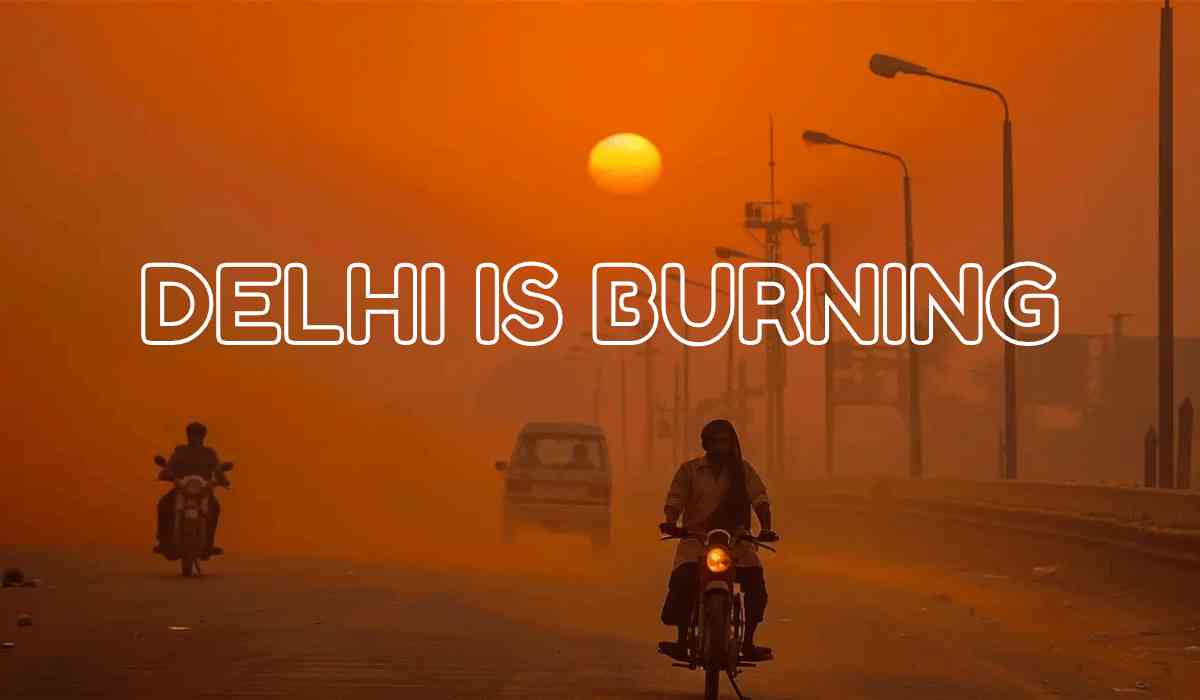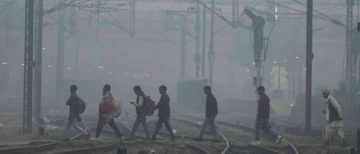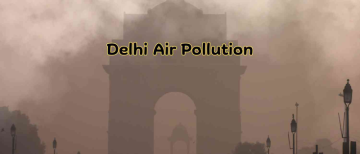As Delhi sizzles under an unrelenting heatwave, the capital recorded its hottest day of the year with the real-feel—or heat index—soaring to a blistering 48.9°C, while actual temperatures breached the 45°C mark. The India Meteorological Department (IMD) has issued an Orange Alert, urging residents to take precautions as extreme heat and poor air quality pose dual health threats across the region.
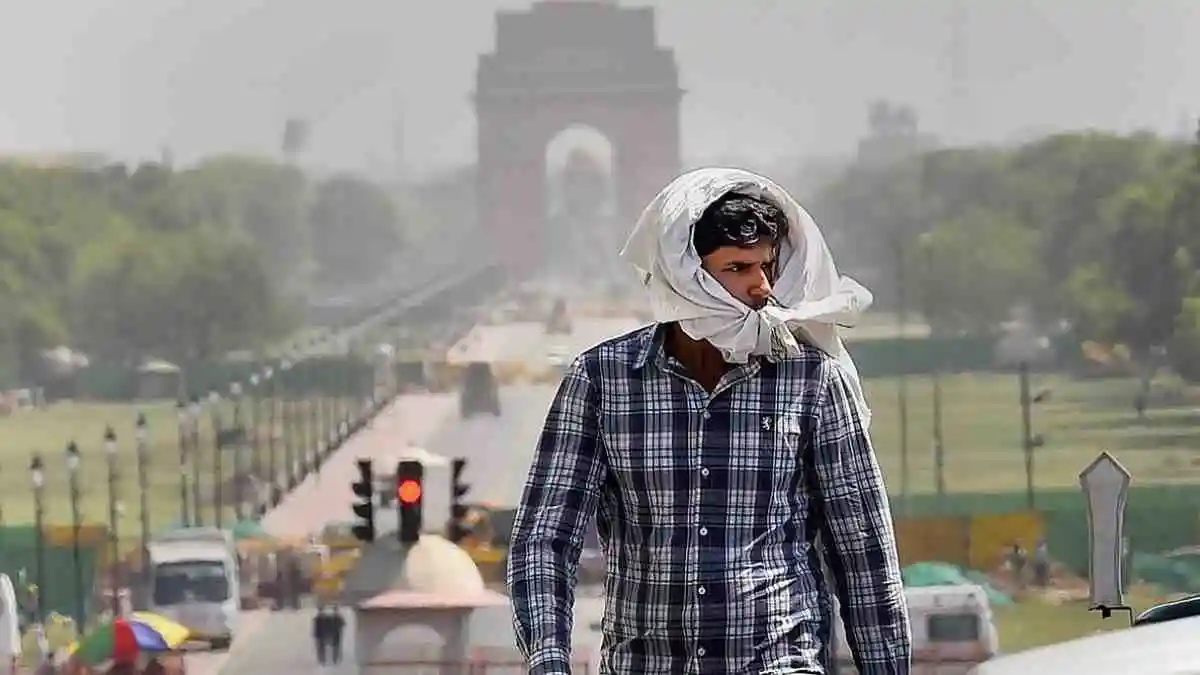
Record-Breaking Temperatures: Delhi’s Hottest Day Yet
-
On Monday, Delhi's actual maximum temperature reached 43.4°C, a full 3.4 degrees above the seasonal average.
-
Minimum temperatures remained elevated at 27.6°C to 30°C, offering little nighttime relief.
-
Heat index or "real-feel" temperature peaked at 48.9°C, factoring in high humidity levels that fluctuated between 25% and 48%.
The IMD noted that the national capital was not alone, with other cities such as Hisar, Sirsa, Rohtak, and Ayanagar (Delhi) also hovering near 45°C, confirming heatwave conditions across the Haryana-Chandigarh-Delhi belt.
Why It Feels Hotter Than It Is
The combination of high humidity and intense sunlight significantly raised the heat index, making it feel even hotter than recorded. According to meteorologists, warm nights, especially with minimum temperatures around 28-30°C, exacerbate the risk of heat exhaustion and heat stroke, particularly for elderly individuals, children, and those with pre-existing conditions.
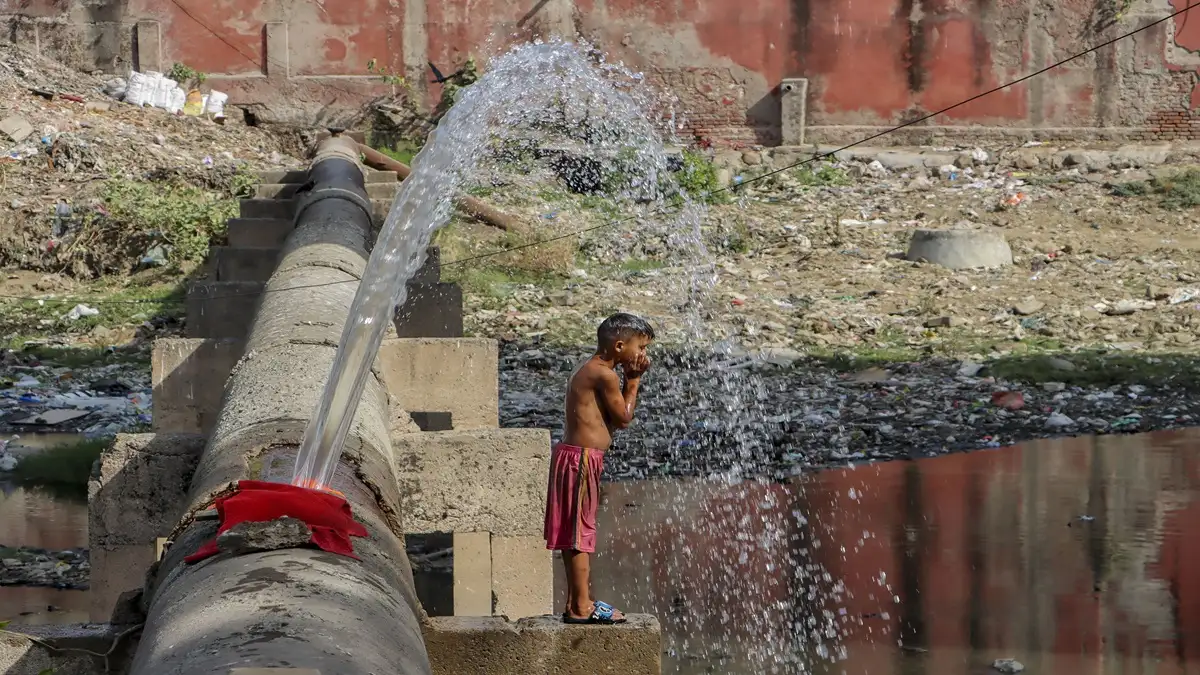
Orange Alert: What It Means and What to Expect
The Orange Alert issued by the IMD signals a heightened level of caution. The forecast indicates:
-
Daytime temperatures around 44–45°C throughout the week
-
Warm nights, offering little respite from daytime heat
-
Surface winds of 20–30 km/h, but not strong enough to cool the environment significantly
-
Persisting heatwave conditions at least until 12 June
These alerts are part of the IMD’s color-coded warning system:
-
Green: No action needed
-
Yellow: Be updated
-
Orange: Be prepared
-
Red: Take action
Monsoon Delays Aggravating the Heat
The southwest monsoon, which had been ahead of schedule, stalled on 29 May due to the intrusion of dry air masses. This delay has prolonged the harsh summer conditions. According to the IMD's extended forecast, the monsoon is expected to resume between 12 and 18 June, offering a glimmer of hope for relief across northern, central, and eastern India.
Rain On the Horizon?
-
Light rainfall and thunderstorms are forecast for parts of Delhi starting 12 June, accompanied by gusty winds of 30–40 km/h.
-
While not expected to be heavy, the rains could bring short-term relief from the sweltering heat.
-
Officials warn that post-rain humidity may still cause discomfort, especially in densely populated urban areas.
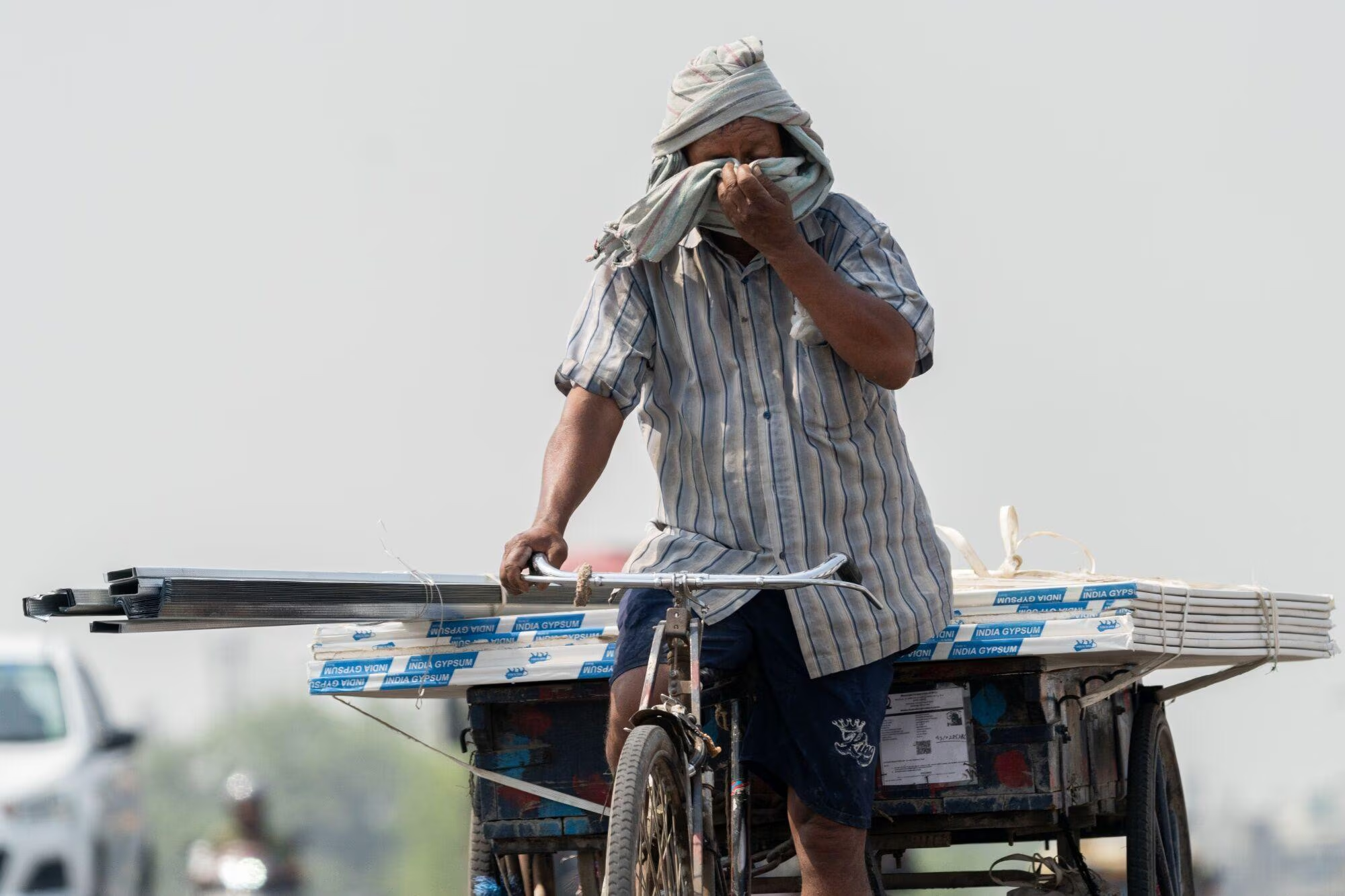
Air Quality Concerns: AQI Dips Back Into ‘Poor’ Zone
Amid the heatwave, Delhi’s air quality has also deteriorated, compounding the environmental and public health challenges.
-
The Air Quality Index (AQI) stood at 235 at 4 PM on Monday and 220 at 8 AM on Tuesday, placing it firmly in the ‘poor’ category.
-
In response, the Commission for Air Quality Management (CAQM) reimposed Stage I of the Graded Response Action Plan (GRAP) across Delhi-NCR.
-
GRAP Stage I includes basic pollution-control measures, such as:
-
Ban on open waste burning
-
Enhanced mechanized road cleaning
-
Strict dust control at construction sites
-
The CAQM had lifted Stage I restrictions on 18 May due to a temporary improvement in air quality, but the combination of heat, dry air, and stagnant winds has led to renewed concerns.
Understanding the AQI Categories
|
AQI Range |
Category |
|---|---|
|
0–50 |
Good |
|
51–100 |
Satisfactory |
|
101–200 |
Moderate |
|
201–300 |
Poor |
|
301–400 |
Very Poor |
|
401–500 |
Severe |
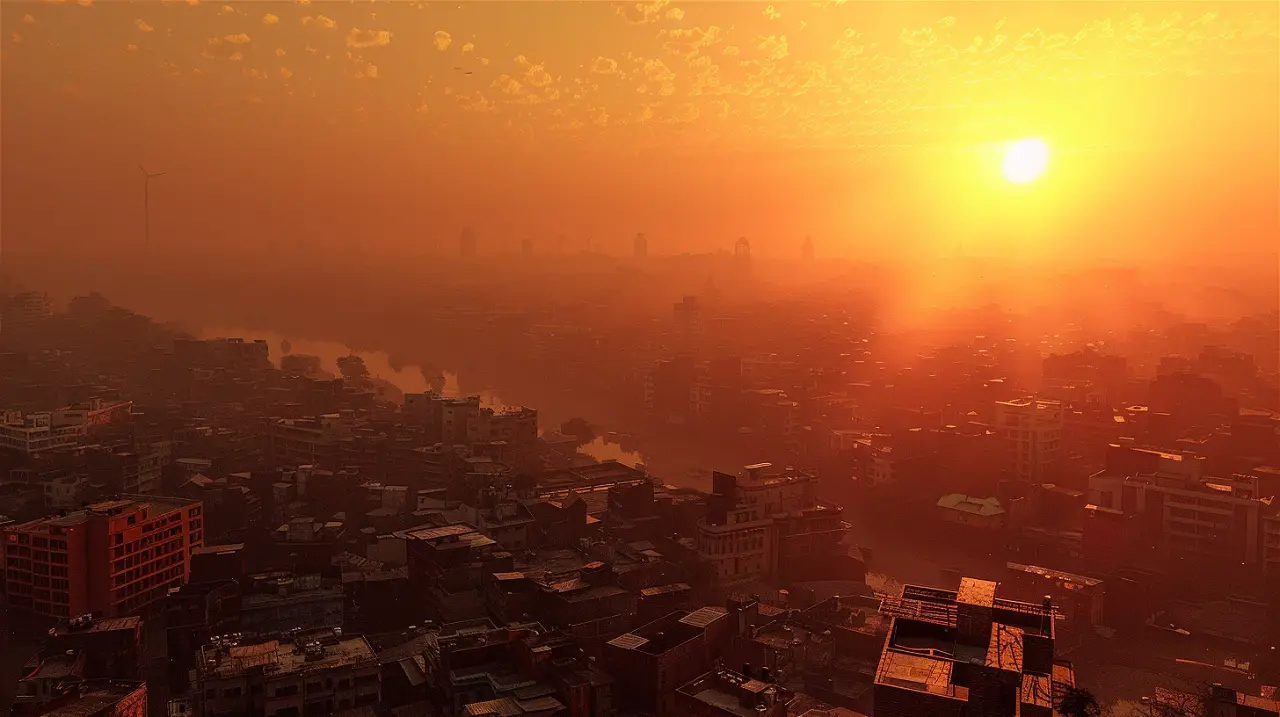
Health Advisory and Safety Tips
The IMD and health officials have advised residents to:
-
Stay hydrated by drinking plenty of water
-
Avoid direct sunlight, especially between 12 PM and 4 PM
-
Wear loose, light-colored clothing
-
Use fans, air conditioners, or coolers if available
-
Monitor vulnerable individuals, such as infants and the elderly
-
Take frequent breaks if working outdoors
Heatwave Across Northern India: A Regional Crisis
The IMD has extended heatwave warnings to several neighboring states, including:
-
Punjab
-
Haryana
-
Uttar Pradesh
-
Madhya Pradesh
-
Western Rajasthan
With maximum temperatures expected to hover around 44–45°C, these areas face a similar risk of heat-induced stress and illness. The situation is compounded by the monsoon delay, which has postponed the seasonal transition to cooler, wetter conditions.
Climate Stress Intensifies Across Delhi-NCR
The ongoing heatwave, coupled with stalling monsoon activity and deteriorating air quality, paints a worrisome picture for Delhi and the surrounding region. While light rains expected around 12 June may provide temporary respite, the broader climatic and environmental conditions highlight the growing intensity of urban heat stress in India.
Residents are urged to remain alert, follow official advisories, and take proactive steps to protect their health and reduce exposure during this extreme weather phase. As the city waits for the monsoon to resume, collective awareness and preparedness remain key to navigating this harsh spell of summer.
With inputs from agencies
Image Source: Multiple agencies
© Copyright 2025. All Rights Reserved Powered by Vygr Media.

